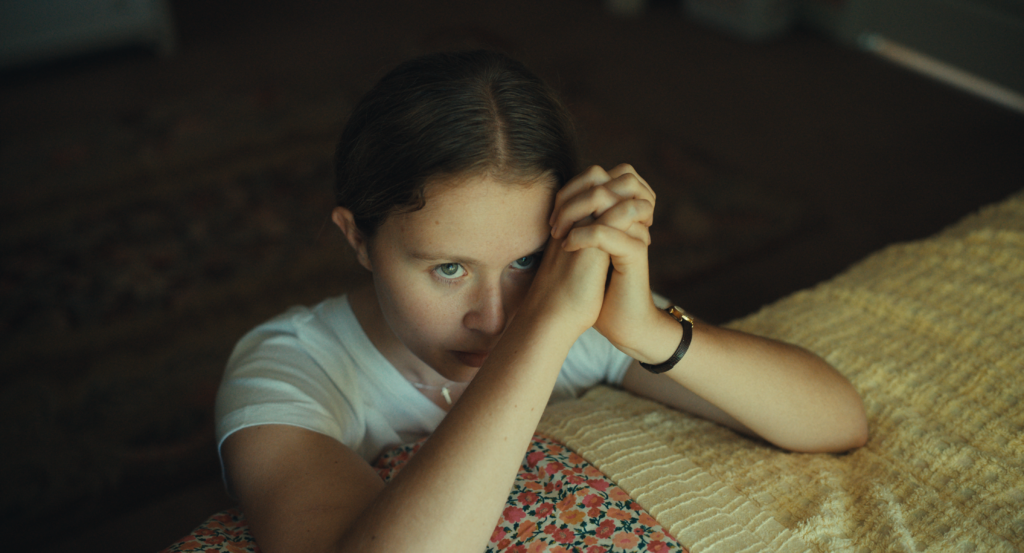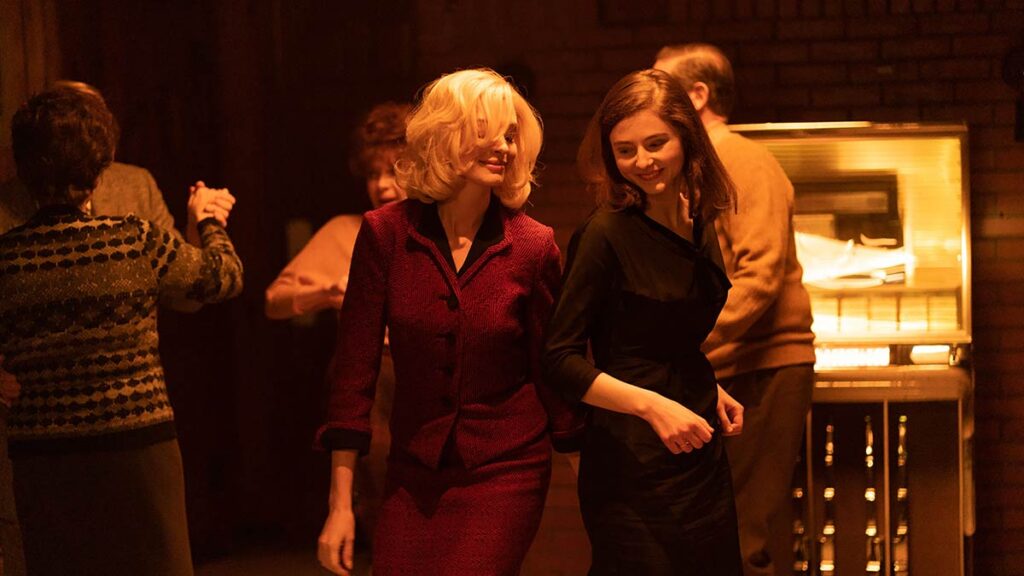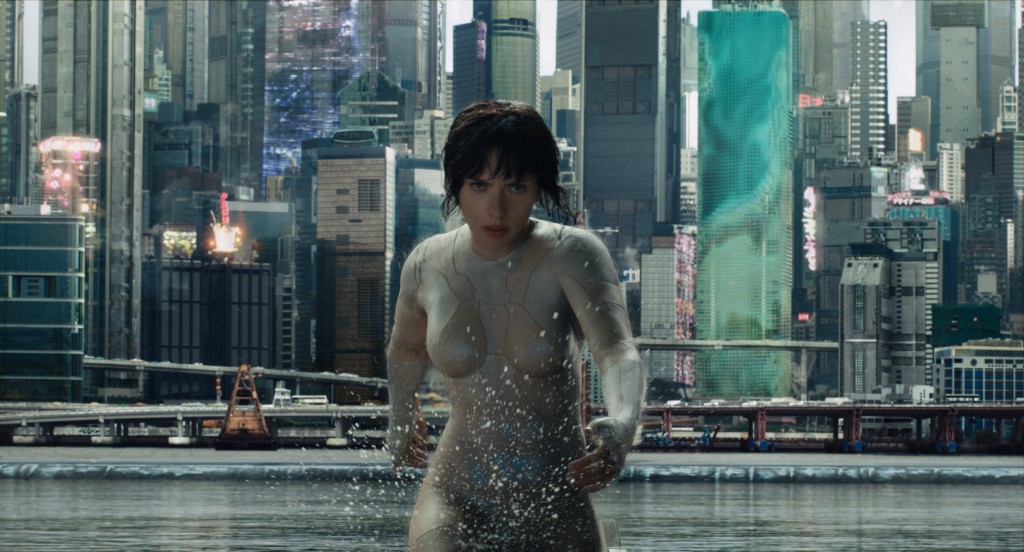
During its opening weekend, the anticipated yet controversial film “Ghost in the Shell” took home a measly $19 million at the domestic box office. Both domestically and abroad, it’s expected to lose over $60 million total, and that’s got to hurt.
Perhaps you’ve heard of the whitewashing controversy that has followed the film since its casting choices were first announced. Perhaps, by now, you’ve even heard of its bizarre narrative ending that, as The New York Times puts it, “isn’t just appropriation, but obliteration.” That said, we imagine you, too, may have the same question that family and friends have constantly asked us: Why does Hollywood continue to miscast race — and what makes studios think they can successfully get away with it?
The “easy” answer is that, historically, they always have — we don’t need to tell you about Mickey Rooney’s Mr. Yunioshi in “Breakfast at Tiffany’s” or Katharine Hepburn in the Oscar-nominated “Dragon Seed.” What’s more difficult is understanding when (and why) yellow face and whitewashing became synonymous with, as Paramount domestic distribution chief Kyle Davies less-than-tactfully just put it, finding a balance between “honoring source material and [making] a movie for a mass audience.” And, just like all matters in Hollywood, this becomes even more complicated when one considers where female stars, female autonomy, and racial tropes specifically fit into this conversation.
Yellow Face: Romance, Desire, and Fear
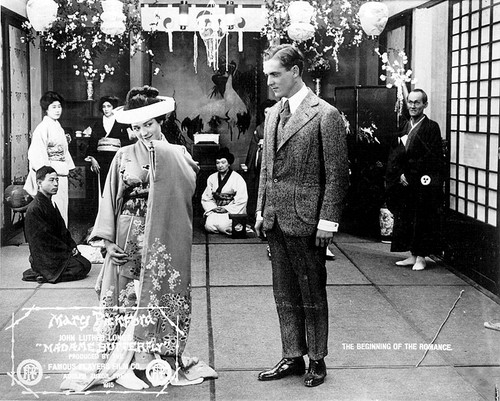
Though the western image of the Asian woman on the screen may have shifted across spectrums of time, its historical construction has assured its perpetual relationship with the notion of yellow peril. In her book “Romance and the ‘Yellow Peril,’” Gina Marchetti historically traces yellow peril as a 19th-century European concept that, according to Marchetti, “combines racist terror of alien cultures, sexual anxieties, and the belief that the West will be overpowered and enveloped by the irresistible, dark, occult forces of the East.”
In early Hollywood, this was best represented by cinematic romances between the “moral white man” and the “eroticized native woman.” The only way to “properly” reconstruct taboo interracial romances on the screen was through — you’ve guessed it — yellow face. With a little makeup and prosthetics, Caucasian actresses could transform into Asian characters who, more often then not, embodied the supposed seductiveness of the East.
Ironically, Paramount Pictures adopted this tactic as early as 1915 by casting Mary Pickford in “Madame Butterfly.” Pickford’s Japanese character falls in love with a westernized man, and their “racially forbidden” love ends in tragedy. The application of yellow face acts as a reassurance to western ideals: Though, narratively, The Butterfly may obtain the affections of the westernized man, the audience needs not distance itself from this taboo. In reality, it is a love between a Caucasian man and a Caucasian woman, rather than a “true” mixing of the West with the “alien cultures” of the East.
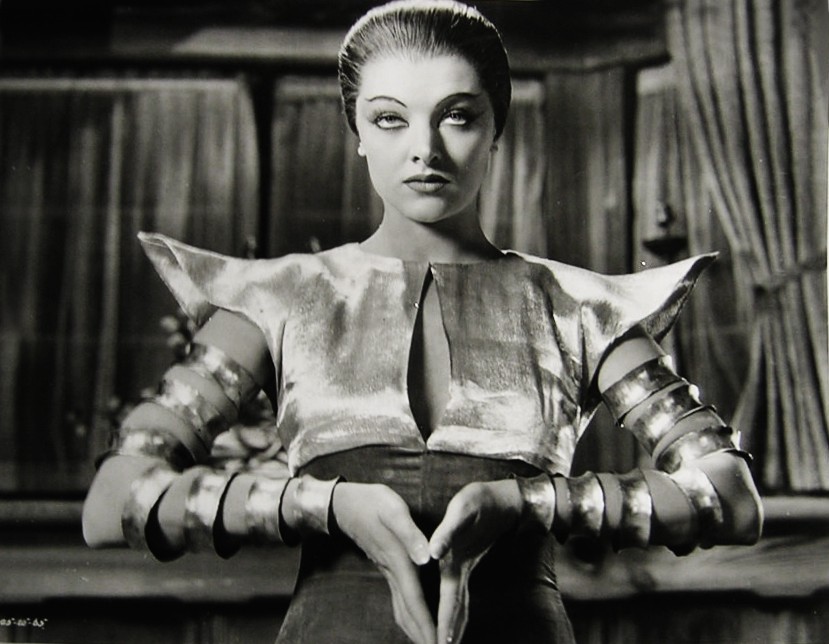
Yellow face is also arguably responsible for the now-infamous Hollywood image of the erotic Asian woman. Amidst an Asian persona, actresses were able to embrace and reveal a sexual identity that would otherwise be deemed immoral. In a way, some saw this as a rare career opportunity to show something different — and doesn’t that remind you of Johansson’s contemporary comments regarding her own casting?
Before she was the beloved Mrs. Charles of “The Thin Man” series, Myrna Loy embraced this “opportunity” throughout many of her silent films, including “The Crimson City” (in which she was chosen over Anna May Wong), “Thirteen Women,” and “The Mask of Fu Manchu.” Opposite a yellow faced Boris Karloff in “The Mask of Fu Manchu,” Loy plays a “half-naked nymphomaniacal sadist who reaches orgasmic heights when torturing white males.” Thus, in Loy’s case, an “Asian mask” is used to explore both racial stereotypes and female sexual desire — but at a distance guaranteed and controlled by whiteness itself.
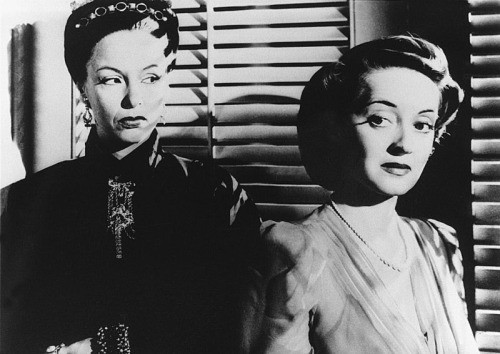
The 1940s was also full of “rare opportunity” — not for artistry, but rather for country. William Wyler’s “The Letter” stands as one of the first filmic examples of “reaffirmed” yellow peril that persisted throughout World War II. This is seen through deliberate ramifications related to both the script and whitewashed casting — interestingly enough, in the 1929 original, the lead Asian protagonist is actually played by an Asian actress.
Gale Sondergaard’s role as a sinister wife (to Bette Davis’ “other woman”) is far from Pickford’s Butterfly or the overly sexualized Loy — she is truly a figure to be feared and despised, as opposed to conquered or desired. Sondergaard’s character is described as an “oriental villainous snake” deliberately juxtaposed against Davis’ “westernized and pure” feminine woman. Not only is the trope of the “bad Asian” employed and intensified, but the choice to hire a Caucasian actress is directly tied to the the anti-Asian sentiment of the Second World War. Sadly, this 1940s need for audience “familiarity and comfort” speaks volumes to where we still are today.
It’s 2017… We’re Still Talking About This?
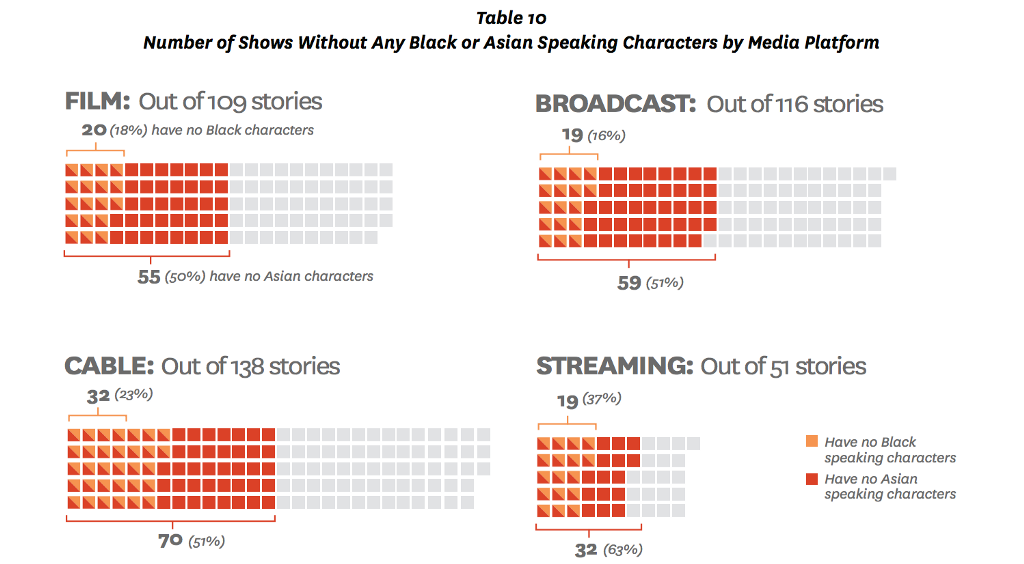
For better or worse, this early industrial history offers a brief glimpse of understanding into this, frankly, screwed up Hollywood mentality.
Just last year, the Media, Diversity, and Social Change (MDSC) Initiative at USC’s Annenberg School for Communication and Journalism found that “at least half or more of all cinematic, television, or streaming stories fail to portray one speaking or named Asian or Asian American on screen.” Over 17 million people in the United States identify as Asian or Asian American. That’s over five percent of the country’s population!
The idea that actually casting Asian characters in Asian roles would repel a mass audience is a dated, Euro-centric cop-out. Newsflash: we don’t always need a Swinton or Stone.
As for Johansson, The Mary Sue said it best: “she’s one of those few female stars who can open a film, make a huge paycheck, and has a certain level of decision-making power.” Now, let us start by saying that, obviously, we at Women and Hollywood love nothing more than watching other women succeed.
That said, like her predecessors before her, the color of Johansson’s skin grants her a level of star power and opportunity that few others could access or afford. The mere fact that she even can consider her “Ghost in the Shell” character “identity-less” speaks to her racial privilege. Her comments related to this film have consistently (and frustratingly) proven that this history—that whitewashing enables actresses to safely explore personas or opportunities they wouldn’t seek otherwise — is very much ingrained into the media’s industrial mindset.
If producers and studio executives refuse to evolve their ways, then it is up to those of us who have power (like Johansson) to fight for greater intersectionality. Women must lift other women up, and white actresses, in particular, must learn to see past personal opportunity and instead acknowledge that some “unique experiences” simply do not belong to them.





